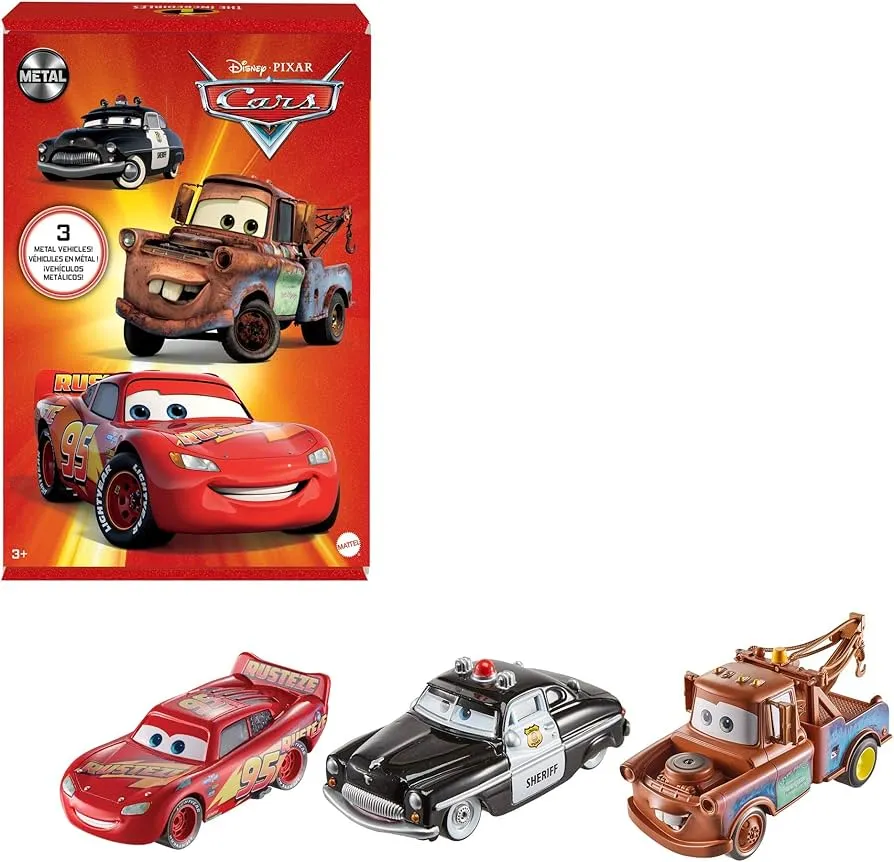What are Diecast Toys?
Diecast toys represent a fascinating corner of the toy world, cherished by children and adults alike. These miniature marvels, often replicas of vehicles, are celebrated for their realistic detail, durability, and collectibility. The term “diecast” refers to the manufacturing process, where molten metal is poured into molds to create intricate designs. This method allows for the creation of highly detailed models that capture the essence of the real-life vehicles they represent. From classic cars to modern aircraft, diecast toys offer a wide range of subjects, appealing to diverse interests and passions. Their enduring popularity stems from a combination of factors, including their aesthetic appeal, play value, and potential as valuable collectibles. Exploring the world of diecast toys reveals a blend of history, craftsmanship, and enduring appeal.
Detailed Explanation
Diecast toys are miniature models, typically made of metal, that replicate real-world vehicles and objects. The ‘diecast’ refers to the manufacturing process. The process involves injecting molten metal – often zinc alloys – into a mold or die under high pressure. This method allows for incredibly detailed designs and shapes that would be difficult to achieve with other materials. These toys are known for their authenticity and the accurate details. From the body to the wheels and the interior, manufacturers strive to capture the look and feel of the original vehicle. This high level of detail contributes significantly to their collectibility. Diecast toys have a rich history, with production methods evolving over time. Early diecast toys were simple, while modern versions boast incredible precision and intricate features, reflecting advancements in manufacturing technology and a growing appreciation for realism and detail.
The Composition of Diecast Toys
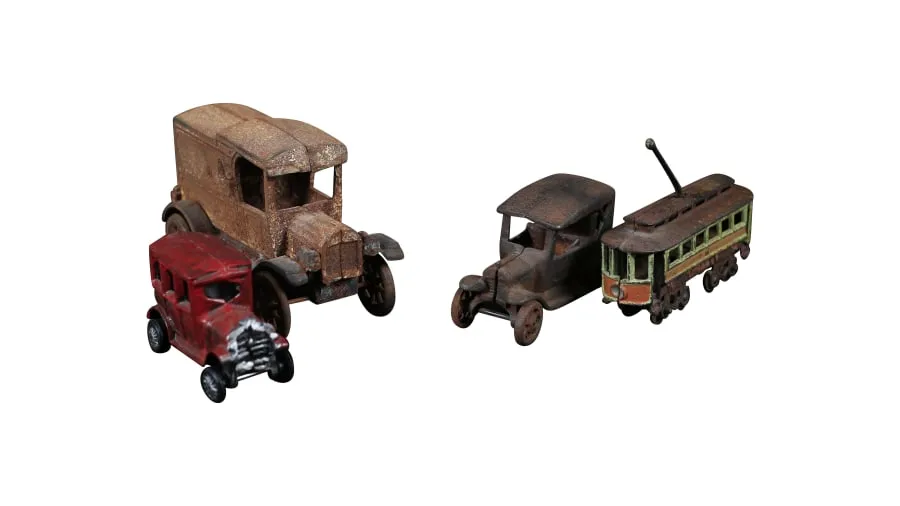
The core material used in diecast toy production is usually a zinc alloy, which offers a good balance of strength, moldability, and cost-effectiveness. Other metals, like aluminum or tin, are sometimes used, but the zinc alloy is most common. The body and chassis of the toy are typically made of this alloy, providing a solid base for the detailed design. Additional materials are incorporated to enhance the realism and functionality of the toy. Tires are usually made of rubber, which provides grip and realism. Plastic parts are often used for windows, interior details, and accessories, offering a contrast in texture and visual appeal. Paint is another crucial element, contributing to the realism and visual appeal. High-quality paints are applied to match the colors of the original vehicles. In some cases, decals and intricate detailing are added to replicate logos, badges, and other features accurately. This combination of materials and techniques creates a miniature masterpiece. (diecast-toy-materials.webp)
Benefit 1 Durability
One of the primary benefits of diecast toys is their remarkable durability. Constructed from metal alloys, they are significantly more resistant to damage compared to plastic toys. This durability makes diecast toys ideal for children who are rough and ready with their toys, as well as for collectors who want their prized possessions to withstand the test of time. The metal construction ensures that the toys can endure impacts, drops, and general wear and tear. This long-lasting quality translates into a good investment for parents and a source of enduring enjoyment for collectors. The resilience of diecast toys allows them to be passed down through generations, carrying with them memories and stories. (diecast-toy-durability.webp)
Why is Durability Important?
Durability is a critical factor in diecast toys, as it determines the lifespan and playability of the toy. The robust nature of these toys means they can withstand repeated use and the rigors of play without breaking or losing their functionality. For children, durability ensures that the toy can provide hours of entertainment without falling apart. For collectors, durability helps preserve the value and condition of the toy over time. A well-maintained diecast toy is a valuable asset that retains its appeal and worth. Moreover, the durability of diecast toys makes them a sustainable choice. These toys are designed to last, minimizing the need for replacements and reducing waste. Choosing durable toys means choosing a product that offers longevity and contributes to responsible consumption. The lasting quality of diecast toys makes them a worthwhile investment, delivering both enjoyment and value for years to come.
Diecast vs. Plastic Toys
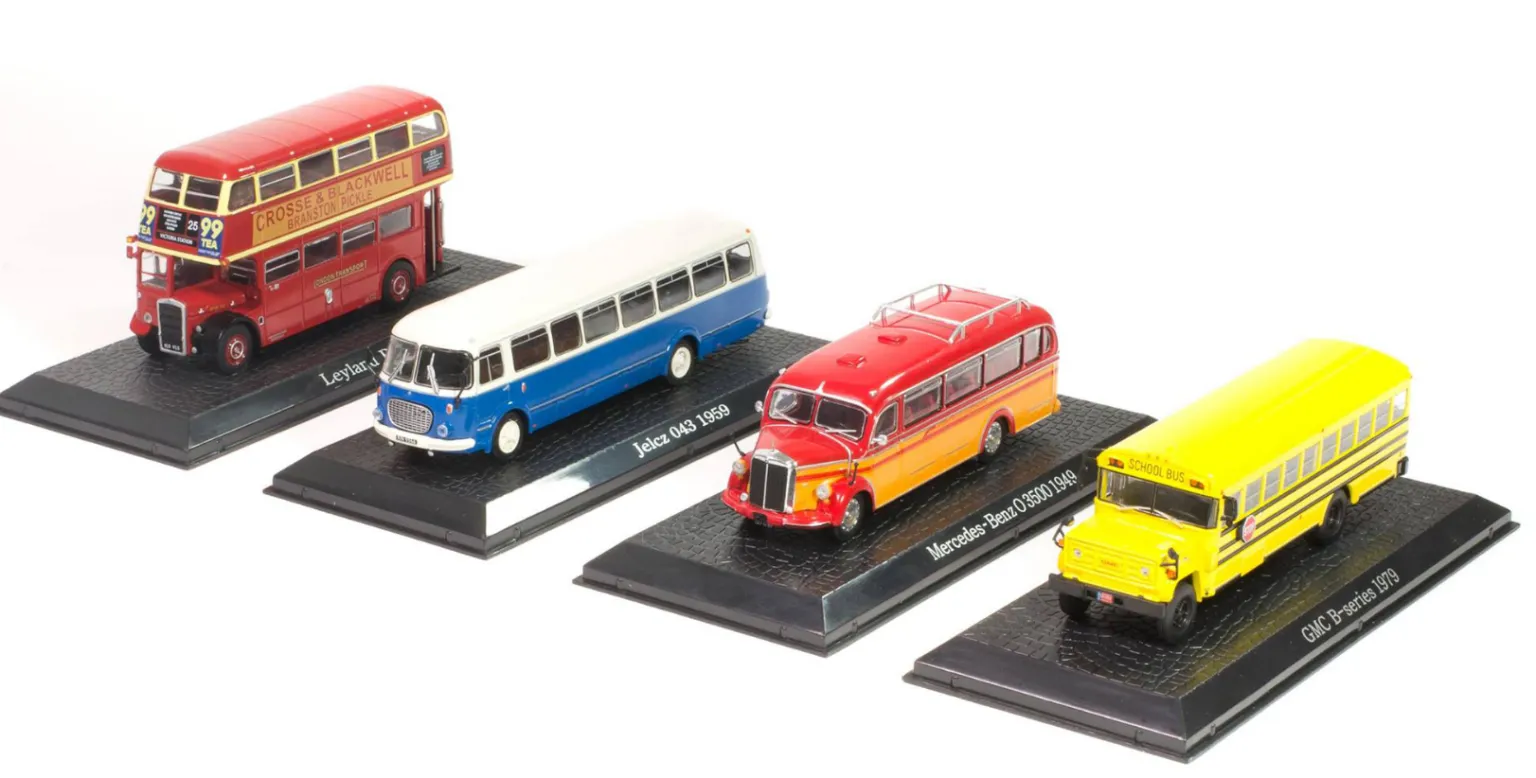
When comparing diecast toys to plastic toys, the difference in durability is immediately apparent. Plastic toys are generally more prone to breakage and damage, especially if they are subjected to rough handling. The materials used in plastic toys are more likely to crack, deform, or wear out. Diecast toys, on the other hand, can withstand much more abuse. The metal construction offers superior protection, making them a more resilient choice for children and collectors alike. Plastic toys can be less valuable than diecast toys. While plastic toys may be cheaper to produce initially, their shorter lifespan can make diecast toys a better investment in the long run. For collectors, the durability of diecast toys contributes to their collectibility, with well-preserved models retaining their value over time. The greater durability of diecast toys gives them a clear advantage, offering a longer lifespan and greater resistance to damage.
Benefit 2 Collectibility
Diecast toys possess a significant level of collectibility. Their detailed designs, historical significance, and limited production runs make them highly sought after by collectors worldwide. The variety of models, from vintage cars to modern vehicles, provides endless opportunities for building a diverse collection. Collectors can focus on specific eras, manufacturers, or types of vehicles, allowing for personalized collections that reflect their interests. The collectibility of diecast toys is enhanced by the fact that many models are produced in limited quantities. This scarcity increases their value over time, transforming a childhood hobby into a potential investment. The pursuit of rare and unique models adds an element of excitement and challenge to the collecting experience. The act of collecting is more than just acquiring toys; it’s a passion for history, design, and the art of preservation. (diecast-toy-collection.webp)
Rarity and Value
The rarity of diecast toys is a primary driver of their value. Limited-edition models, prototypes, and those produced in small quantities often fetch high prices in the collector’s market. This scarcity is fueled by various factors, including the limited production runs of certain models, the specific historical periods from which they originate, and the unique features that set them apart. The condition of the toy significantly impacts its value. Models in mint condition, especially those still in their original packaging, are highly prized. The details like paintwork, the presence of all original parts, and the overall condition of the model are all carefully assessed. The value of a diecast toy can change dramatically over time, making it a dynamic market with the potential for both profit and personal fulfillment. Collectors must stay informed about market trends, model availability, and the factors that influence value to make informed decisions and grow their collections effectively.
Building a Collection
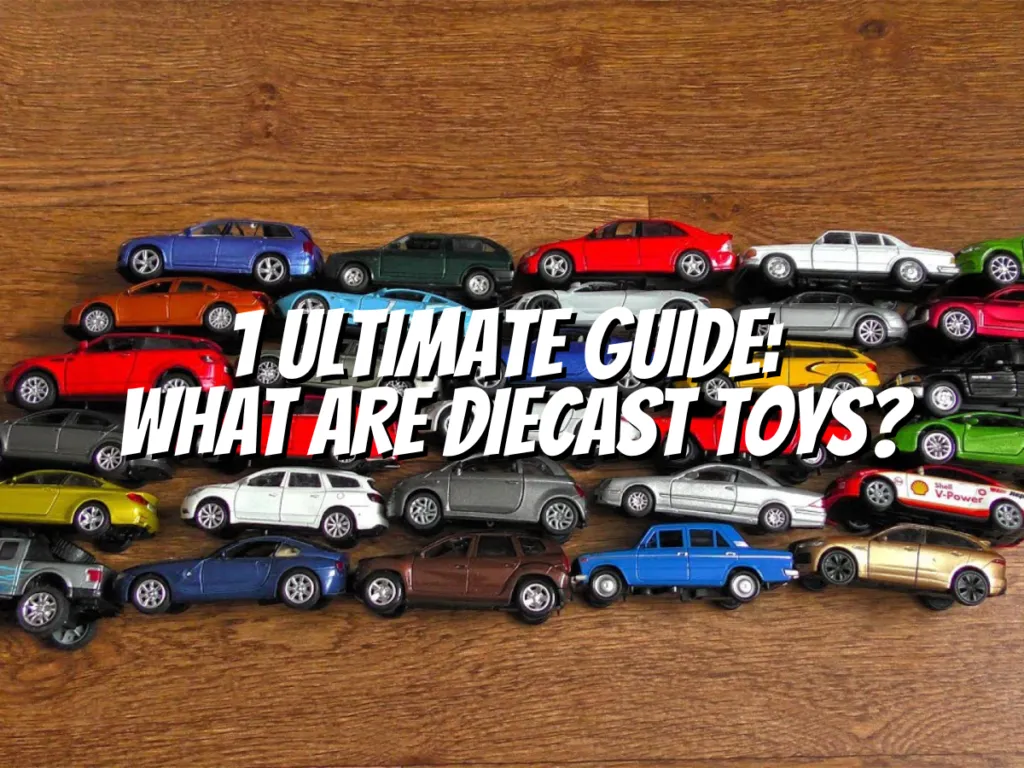
Building a diecast toy collection is an engaging pursuit. It offers a fulfilling blend of personal enjoyment and potential investment value. The best approach is to start by defining your focus. This could be a particular manufacturer, a specific type of vehicle, or a historical era. This focus helps in setting clear goals and making informed decisions. The next step involves research. This could include studying the history of diecast models, learning about manufacturers, and understanding market values. This knowledge will guide the acquisition of authentic and valuable pieces. Networking with other collectors is a valuable strategy. Collectors often share knowledge, tips, and sometimes, even opportunities to acquire desirable models. Displaying a collection is an important part of the hobby. This can involve using display cases, shelves, or themed arrangements, which will highlight your collection’s aesthetics. Whether it’s for personal enjoyment or potential investment, building a collection is a rewarding journey.
Benefit 3 Educational Value
Diecast toys offer more than just fun; they provide substantial educational value. They serve as effective tools for learning about history, engineering, and design. The realistic models often replicate vehicles from various eras, introducing children to historical periods and technological advancements. Diecast toys provide opportunities to learn about different vehicle types, from cars and trucks to aircraft and ships. This knowledge can enhance understanding of transportation and engineering principles. Collecting and studying these toys encourages children to develop research skills, as they learn about different manufacturers, models, and their historical contexts. The play with these toys can foster creativity. (diecast-toy-educational.webp)
Learning Through Play
Play is a powerful tool for learning, and diecast toys provide an excellent platform for this. Children can use diecast toys to create scenarios, tell stories, and explore different aspects of the world around them. The realistic details of these toys, such as the interior designs and accurate vehicle characteristics, encourage children to pay attention to detail and develop a sense of observation. Playing with diecast toys can improve fine motor skills and hand-eye coordination. Manipulating the small models, opening doors, and moving wheels all help develop the children’s motor abilities. Role-playing with these toys nurtures social and emotional skills, as children often share and interact with each other while playing. Diecast toys make learning enjoyable by combining education with interactive play.
Types of Diecast Toys for Education
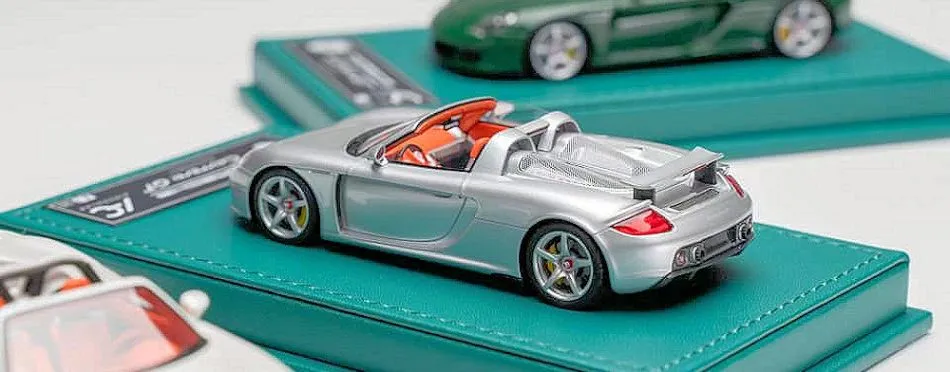
The variety of diecast toys available provides a wide range of educational opportunities. Vehicles like construction equipment, such as cranes and bulldozers, can teach children about engineering principles and construction processes. Military vehicles introduce children to history and strategic thinking. Cars from various eras can be used to explore historical periods and transportation developments. Specific models of aircraft can familiarize children with the concepts of aerodynamics and flight. Educational diecast toys often come with supplementary materials, such as informative cards or booklets, that provide facts about the vehicles. This information enhances the learning experience, enriching a child’s understanding. Diecast toys are more than just playthings; they are valuable tools for educating children.
Benefit 4 Aesthetic Appeal
Diecast toys are often appreciated for their aesthetic appeal. The meticulous design and detailing of these models make them visually captivating. The craftsmanship involved in replicating real-world vehicles at a miniature scale is impressive. The combination of materials, like metal and plastic, creates a visually rich experience. High-quality paints and finishes add to the appeal, enhancing the realism and overall visual impact. Diecast toys are more than just toys; they are miniature works of art. The intricate details, from the interiors to the exteriors, and the accurate representations of vehicle designs make them beautiful objects. The aesthetic value extends beyond the individual models. Collectors often enjoy displaying their diecast toys, creating visually appealing arrangements. (diecast-toy-aesthetic.webp)
Design and Detailing
The design and detailing of diecast toys are crucial to their aesthetic appeal. Manufacturers pay close attention to every aspect of the model, from the overall shape and proportions to the smallest features. The interiors of the vehicles are often meticulously recreated, with details like dashboards, seats, and steering wheels adding to the realism. Exterior details, such as lights, badges, and trim, are also faithfully reproduced, capturing the essence of the original vehicle. The quality of the paint and finish is a key aspect of the design, with high-quality paints and careful application creating a polished and professional appearance. Many models include functional elements, such as opening doors or moving wheels, which add to the level of detail and realism. Collectors often appreciate models that have been expertly designed and detailed, as they reflect the artistry and skill of the manufacturers.
Displaying Diecast Toys
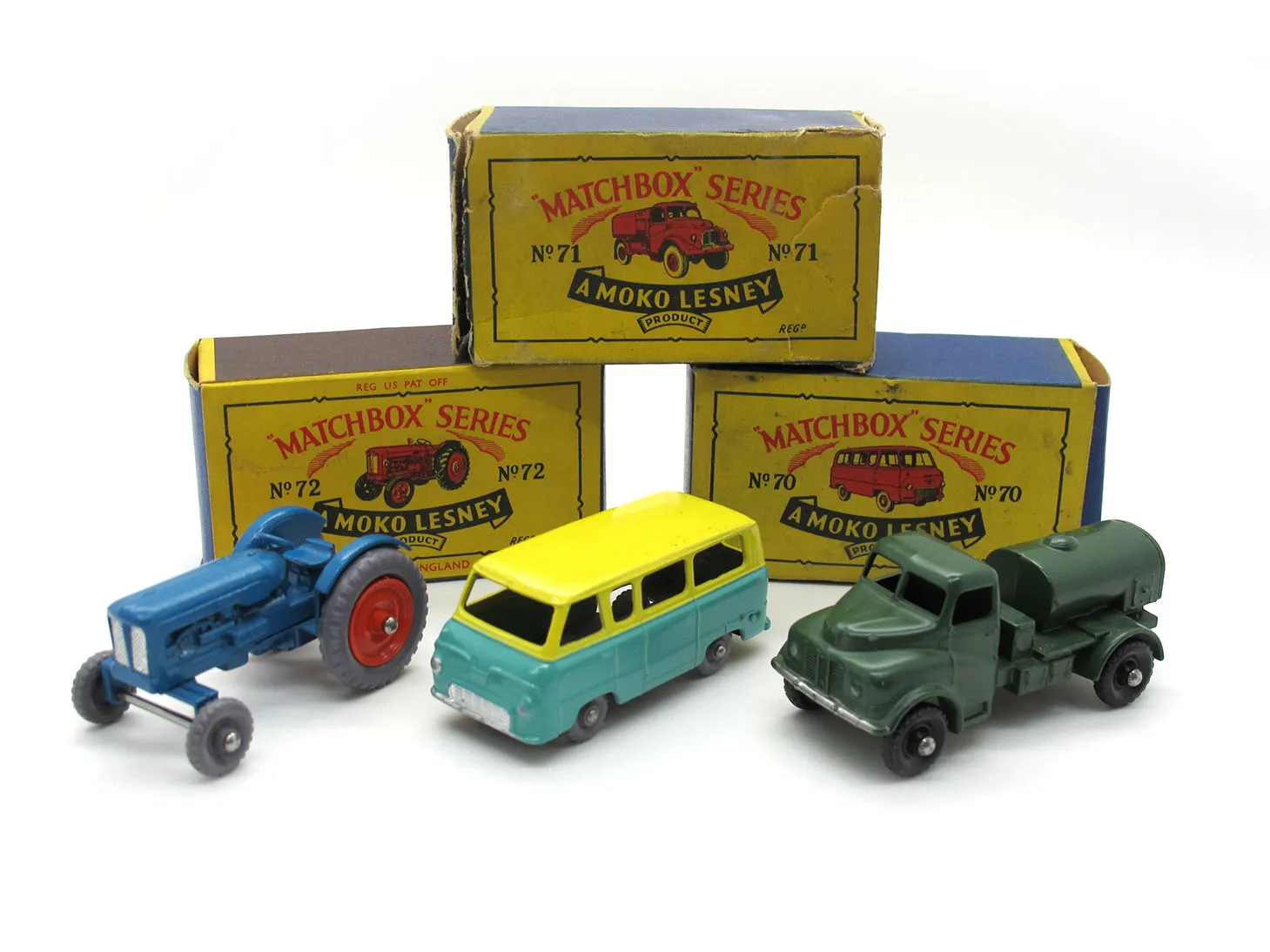
Displaying diecast toys is an art that enhances their aesthetic appeal. Many collectors use display cases to showcase their models, protecting them from dust and damage. These cases can be simple or elaborate, and they allow collectors to arrange their toys in an organized and visually pleasing manner. Shelves and custom-built displays are other popular display options, offering flexibility in how models can be showcased. The lighting in a display area can significantly affect the appearance of the models. Proper lighting can highlight the details. Collectors often arrange their models by theme, such as era, manufacturer, or vehicle type, creating visually cohesive displays. The display of diecast toys reflects the collector’s personality and their love of these miniature masterpieces. Displays are a celebration of artistry.
Benefit 5 Investment Potential
Diecast toys can be a good investment. The value of certain models has increased significantly over time, making them a valuable asset for collectors. Limited-edition models, prototypes, and rare versions can appreciate significantly. As with any investment, the value of diecast toys is subject to market fluctuations. Understanding market trends and staying informed about the factors that influence value is essential. Collectors who buy strategically, focusing on models with the potential for appreciation, can realize a return on their investment. While diecast toys are not a guaranteed investment, they have proven to be a profitable asset. Their collectibility, durability, and the passion they inspire contribute to their investment appeal.
Factors Affecting Value
Several factors influence the value of diecast toys. Rarity is a key factor, with limited production runs and special editions often commanding higher prices. The condition of the toy is critical. Models in mint condition, especially those with original packaging, are more valuable. The demand for specific models or manufacturers also affects value. Models of classic cars, rare aircraft, or iconic brands are often highly sought after. Historical significance plays a role, with toys from specific eras or that represent important vehicles often being more valuable. Market trends are constantly evolving. Understanding these influences is essential for potential investors to identify valuable diecast toys.
The Market for Diecast Toys
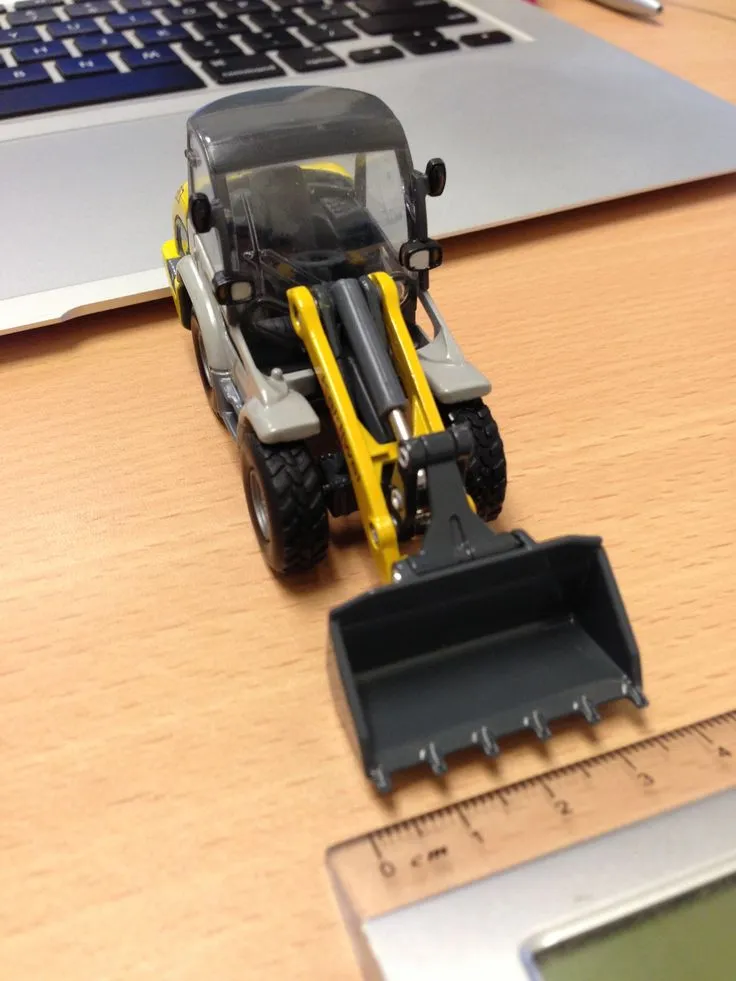
The market for diecast toys is diverse and dynamic, encompassing collectors, enthusiasts, and investors worldwide. The value of diecast toys is influenced by various factors, and understanding these dynamics can help collectors and investors alike. Auction sites are a popular platform for buying and selling diecast toys, with rare and valuable models often fetching high prices. Online marketplaces and specialized diecast toy stores also provide platforms for trading. Local collectors’ clubs and shows offer unique opportunities to connect with fellow enthusiasts and explore the market. Trends and preferences are constantly changing, so staying informed about current market conditions is essential. Diecast toys are more than just toys; they are a dynamic market. (diecast-toy-nostalgia.webp)
Benefit 6 Nostalgia
Diecast toys evoke a sense of nostalgia. They often represent the vehicles, events, and memories from childhood or past eras. For many, these toys provide a connection to a simpler time, bringing back feelings of joy and wonder. Collectors often seek out models that resonate with their personal experiences. This can be linked to childhood memories, iconic events, or significant moments in history. The ability of these toys to trigger memories makes them more than just collectibles; they are keepsakes that connect people to their past. Nostalgia contributes significantly to their appeal, making diecast toys a cherished hobby.
Connecting with the Past
Diecast toys have the ability to transport collectors back in time. These toys bring the models from the past into the present. Cars from the 1950s or aircraft from World War II connect people to eras and historical events. The realistic details and accurate representations of these vehicles help recall the aesthetic and technological innovations of earlier times. The process of collecting and displaying these toys reinforces this connection to the past. It sparks conversations about history, design, and the vehicles they represent. The nostalgia associated with diecast toys transforms them from mere objects into powerful reminders of the past.
Popular Diecast Toy Models
Various diecast toy models hold a special place in the hearts of collectors due to their historical significance. Classic car models, like the Ford Mustang or the Chevrolet Corvette, are popular due to their iconic designs and cultural impact. Military vehicles, such as tanks and aircraft, are also highly sought after, reflecting historical events. Models from specific brands and manufacturers, like Hot Wheels, Matchbox, and Ertl, are very popular. Rare models and limited editions often command high prices in the collector’s market. The most popular diecast toy models are often a blend of historical significance and popular appeal, making them a source of both value and nostalgic connection.
Benefit 7 Tactile Experience
Diecast toys offer a tactile experience that enhances their appeal. The feel of a diecast toy in the hand is very satisfying. The weight and solidness of the metal construction provide a distinct sensation that sets them apart from plastic toys. This tactile experience adds to the overall enjoyment of playing with these models and handling them. The sensory experience is one of the reasons diecast toys are so satisfying. The feel of the metal, the opening of the doors, and the rolling of the wheels all contribute to a rich and engaging experience.
The Feel of Diecast Toys
The feel of a diecast toy is a key aspect of its appeal. The weight and solidity of the metal construction are immediately noticeable. Unlike lightweight plastic toys, diecast models have a substantial feel. The smooth, cool surface of the metal also provides a pleasant tactile sensation. The quality of the finish and the attention to detail further enhance the tactile experience. The feel contributes to the overall sense of quality and craftsmanship that diecast toys embody. This sense of quality contributes to their lasting value.
Comparing Materials
When comparing diecast toys to those made from other materials, the difference in tactile experience is evident. Plastic toys often feel light and hollow, whereas diecast toys feel dense and solid. The metal construction offers a sense of substance and quality. The tactile experience extends beyond the feel of the toy itself. Diecast toys often feature moving parts, such as opening doors and rolling wheels, which provide an engaging tactile experience. This hands-on interaction enhances the appeal of the toys.
Conclusion
Diecast toys provide many benefits, including durability, collectibility, and educational value. They offer a unique combination of factors, that is why they’re popular among children and collectors. The enjoyment of these toys is in the details, from the authentic designs to the tactile experience of holding them. Diecast toys are a testament to the enduring appeal of miniature replicas. Whether you are a collector, a parent, or simply a lover of finely crafted objects, the world of diecast toys offers something for everyone.
